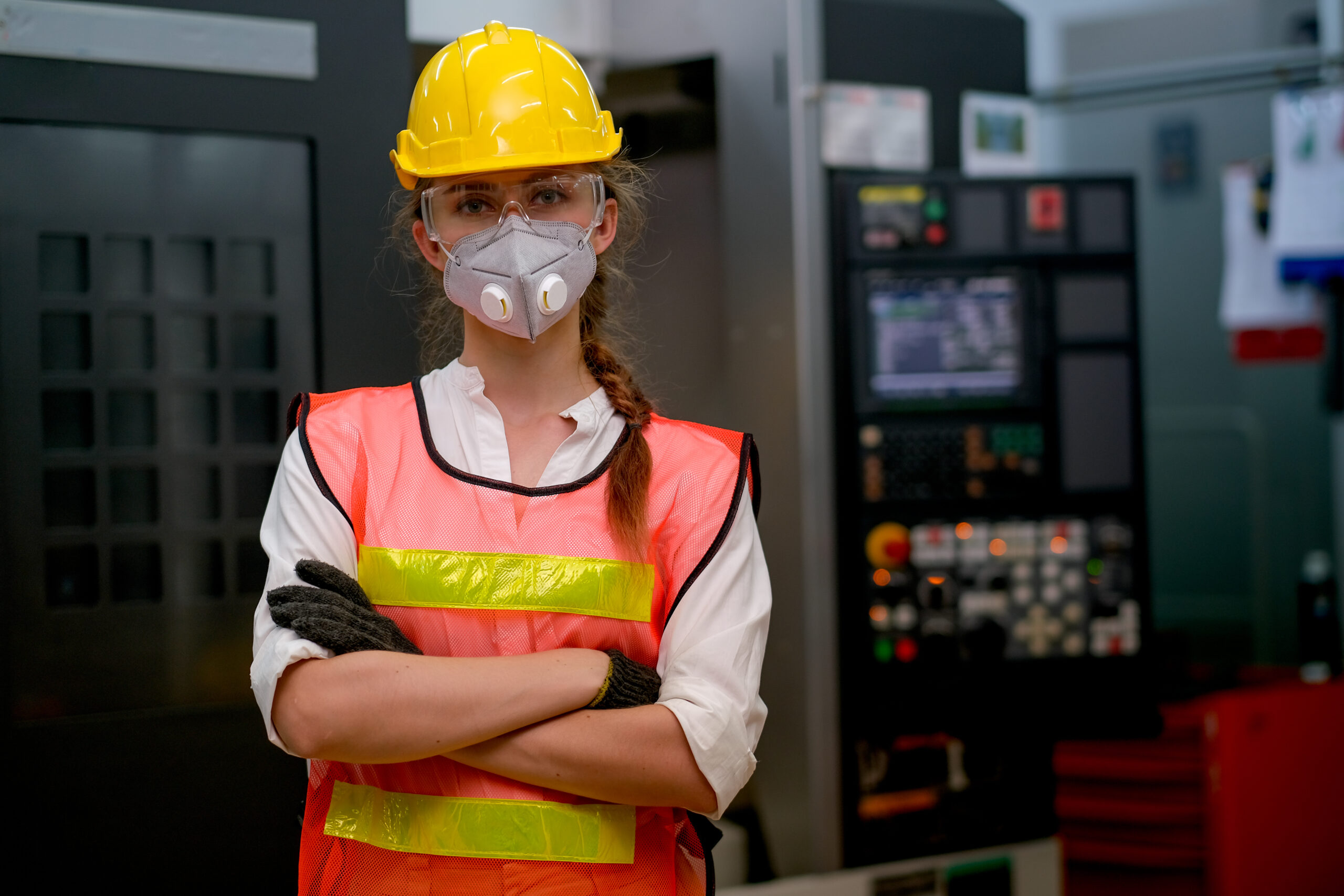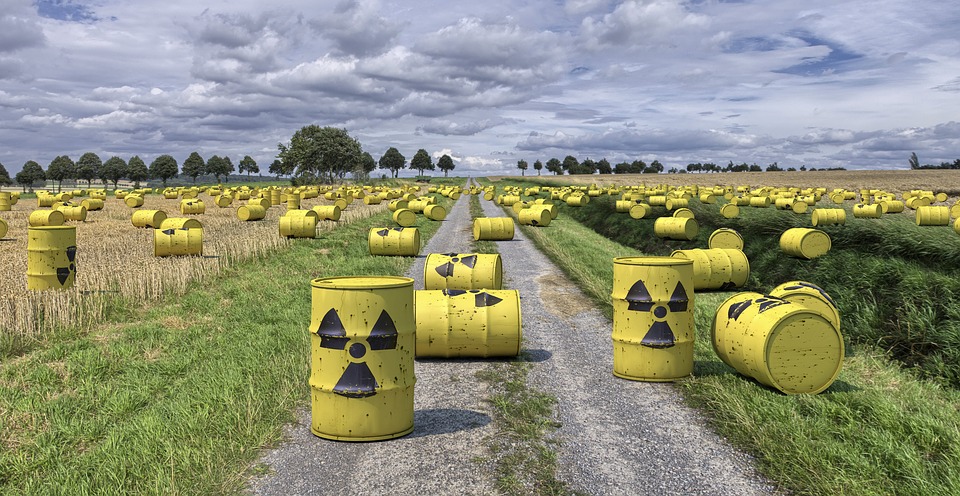In the first article, we’ve discussed how ancient communities like the nomadic tribes used to dispose of an astonishing amount of waste materials. Today, we shall take a closer look at how a fully efficient sewage system was developed.
The Work of Sanitary Engineers

In the sewage-disposal plant, sanitary engineers were ready for the task of rendering sewage harmless or even useful. One of the first measures they adopted was that of screening. As the screening entered the treatment plant, it passed through a set of screens that removed coarse suspended matter such as rags, sticks and floating orange peels. In the smaller plants, the operators raked this material off the screen and hauled it away to be buried.
Larger plants often use grinding machines that automatically rake the material off the screen, grind it and then return it to the sewage flow. Some plants dispense with screens entirely – the sewage passes through a grinding machine called a comminutor, which shreds the coarse material as it flows by.
The next step is to remove heavy inorganic matter such as sand. The sewage is directed through a compartment known as a grit chamber. This is so designed as to allow the sewage to flow through it at some established rate such as one foot per second, regardless of the amount of sewage entering the chamber. At this rate of flow, the inorganic, heavy sand and similar particles drop out and the lighter organic material flows on for further treatment.
Next, the sewage flows to settling tanks where that portion of the polluting material that is in suspension is given an opportunity to settle out. The settling tanks in a sewage-treatment plant are very much like those used in a water-supply system. They hold the sewage for some specified length of time, say two or three hours –in the course of this time a substantial portion of the sewage material settles to the bottom of the tanks as sludge.
The three preliminary methods that I have just described made up what sanitary engineers call “primary treatment.” They will generally remove 60 percent of the sewage’s suspended solids and 35 percent of its biological-oxygen demand. In many cases, when the sewage is not strong and the stream into which it empties is large and relatively unpolluted, this degree of treatment is considered adequate.
Purification by the primary treatment process can be increased if necessary by the use of chemical coagulants like those used in treating drinking water. The operator adds aluminum sulfate or iron salts to the sewage and produces a floc – a light and loose mass that will settle and take with it a large part of the offending sewage material. Treatment in this manner results in removing from 80 to 90 percent of the suspended solids and from 65 to 70 percent of the biochemical-oxygen demand. A plant that uses chemical coagulants is located near the famous Coney Island bathing beach in New York City. In the spring and summer, chemical coagulants are added to purify sewage more thoroughly and thus to safeguard the health of swimmers at the beach. In the fall and winter, when there is no swimming, no chemicals are used for purification.
In many cases, primary treatment of sewage does not suffice. Even with 85 percent of the suspended solids removed, the effluent or outflow will not be free enough from pollution to avoid trouble if the receiving stream is small or if the sewage is excessively strong. Consequently, the sanitary engineers reduce the organic material still remaining in the sewage by a biological process- that is, by causing living organisms to attack it. They begin this process by introducing air into the sewage – this encourages the growth of bacteria, which attack the organic matter in the wastes and decompose it quickly.
Stay tuned for a part three!
